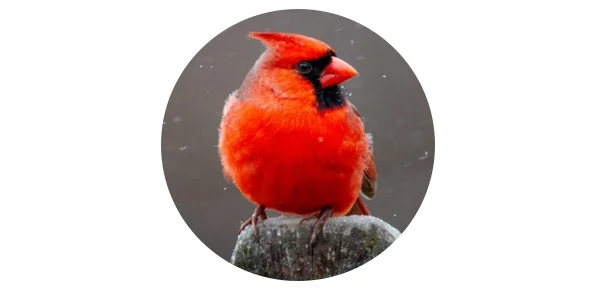Birding in Utah I Top 10 Bird Watching Spots in Utah
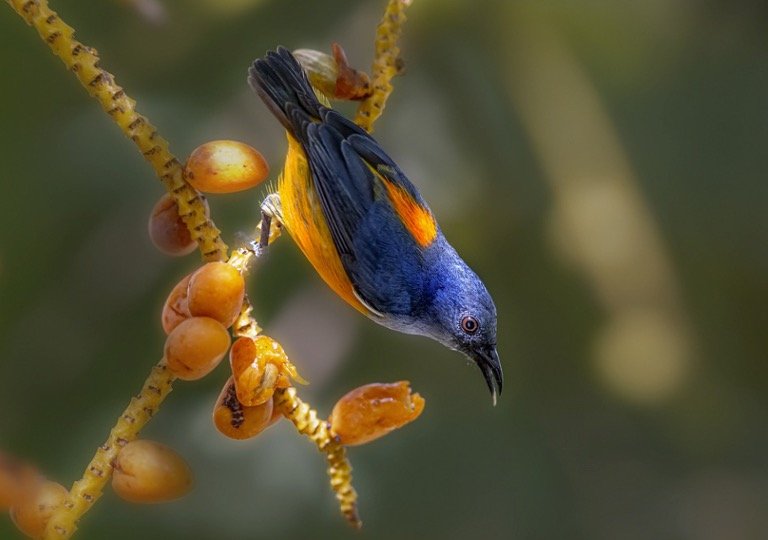
Whether you’re just starting to get interested in bird watching or you’re a seasoned expert, there are plenty of interesting birds to be found in Utah. Here are ten of the best birding spots in the state, perfect for honing your skills, spotting new species, and enjoying nature while doing it!
If you want more information on where to get started bird watching in Utah, check out this helpful guide.
i. Bear River Migratory Bird Refuge
Also known as Bear River NWR, it’s one of five refuges within a collective managed by U.S. Fish and Wildlife Service; specifically, their name is Bear River Migratory Bird Refuge Complex. It’s located on Farmington Bay and boasts over 400 bird species, making it one of Utah’s most popular spots for bird watching. If you love seeing grebes, pelicans, or sandhill cranes up close then you should definitely take a trip to Bear River Migratory Bird Refuge.
ii. Farmington Bay Waterfowl Management Area
Farmington Bay Waterfowl Management Area is a prime spot for waterfowl. It’s got over 40,000 acres of protected lands to serve as breeding grounds for waterfowl, making it one of Utah’s premier birding destinations. If you’re lucky, you might even spot an eagle or an osprey at Farmington Bay.
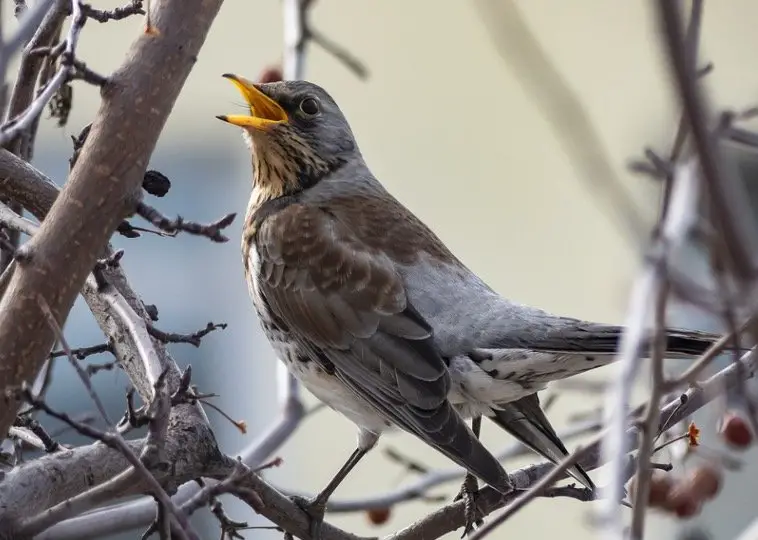
Bird enthusiasts can visit between March and October. There are also interpretive trails through various wetlands that make great spots for bird watching and nature photography. The best time to visit is during mid-August when Great Salt Lake hosts more than 60 species of migrating birds that pass through each year during their migration to more northerly locations.
iii. Gunnison Bend Reservoir
Nearby Gunnison Bend Reservoir is a popular spot for fishermen and birders alike. More than 150 species of birds have been spotted here, including woodpeckers, bald eagles, blue herons, grebes and other local favorites. In fact, over 350 species of birds are known to live in Utah. If you’re looking for easy access but want a little variety from your typical field-trip outing, consider visiting Gunison Bend Reservoir to take your birding skills to new heights!
iv. Jordanelle State Park
For excellent bird watching, head to Jordanelle Reservoir and Antelope Island State Park. Jordanelle Reservoir is open all year, but you’ll find some of best bird watching along its one-mile long boardwalk. While there, stop at Mormon Row to view historic farms and get a great view of the reservoir.
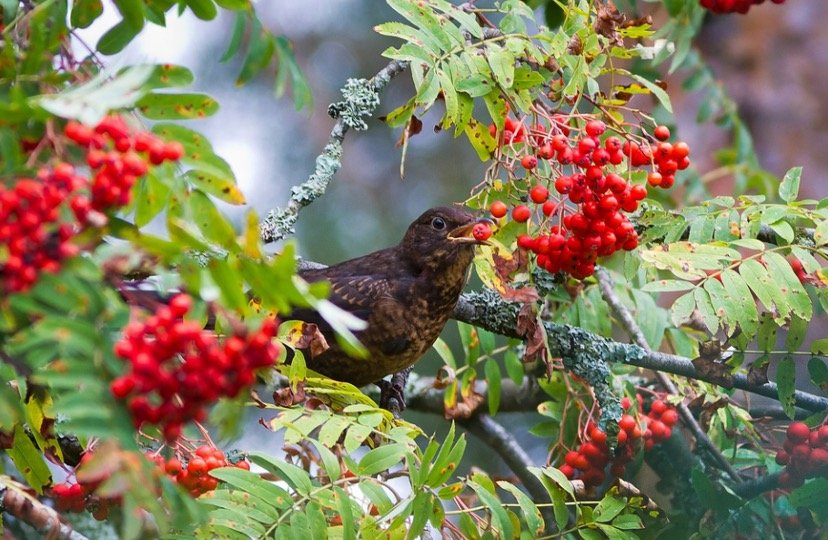
Access is limited April 1 through July 31 due to nesting restrictions. Antelope Island State Park is also open all year and offers camping, hiking trails, and a visitor center with exhibits on wildlife viewing (including birds). One park favorite: The Great Salt Lake Bird Observatory near Gunnison Bay along Bonneville Shoreline Trail.
v. Lagoon at Point of the Mountain
In recent years, Point of The Mountain has become one of Salt Lake City’s most popular bird watching spots. Located at an elevation ranging from 5,300-6,700 feet, there are dozens of species to watch for and see throughout every season. Some common birds include golden eagles, hawks, bald eagles and Canada geese (to name a few).
There is also an accessible walking trail that winds its way around the lagoon where you’ll find many different types of vegetation and trees; including mountain maples and cottonwoods. It’s one of Salt Lake City’s best kept secrets—and it can get pretty crowded on weekends so come early if you want a chance to have some quality bird watching time!
vi. Wasatch Mountain National Forest
These three spots are ideal for birders looking to capture a large number of bird species in a single day. Leidy Peak Parkway, which runs through Antelope Island State Park, is almost entirely surrounded by water and can be spotted with binoculars from any point along its perimeter. Wasatch Mountain National Forest is home to nearly 200 types of birds, including several that have been deemed as sensitive.
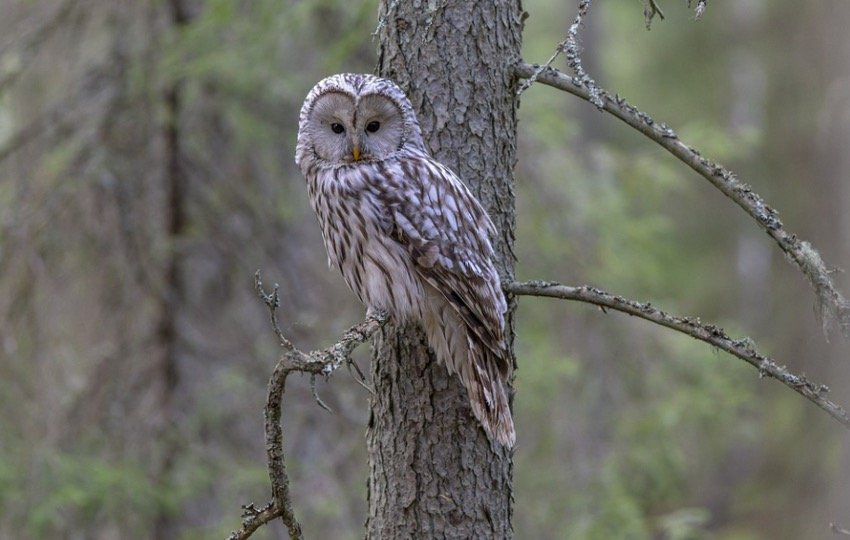
In addition to being surrounded by mountains, it’s also nestled between two reservoirs—which helps attract birds like bald eagles who travel from Lake Tahoe to feed on fish and other wildlife. Keep an eye out for mountain bluebirds or northern flickers perched upon dead trees or telephone wires; they’re easy pickings for hunters during breeding season.
vii. Lone Peak Geologic Interest Area
If you’re more interested in fossils than birds, travel about an hour northeast of Salt Lake City to visit Lone Peak Geologic Interest Area. This undeveloped area within Provo Canyon is rich with dinosaur and marine fossils, including fragments from mosasaurs, plesiosaur and pliosaur skeletons. The best time to come see these amazing prehistoric finds is during early spring through late fall.
There are limited picnic facilities available here; however, there are plenty of other areas nearby where you can stop and grab a bite or take a break for a bit. Avoid visiting Lone Peak on weekends if possible as parking may be difficult to find due to increased traffic at this popular local attraction.
viii. Oak Creek Canyon
Oak Creek Canyon is one of southern Utah’s best birding spots and it’s a must-see for nature lovers. Located about an hour south of Moab, Oak Creek Canyon offers spectacular canyon views and an easy drive with only two hairpin turns. Birders can spot thousands of songbirds that flock to these cliffs, such as warblers, woodpeckers, vireos and wrens.
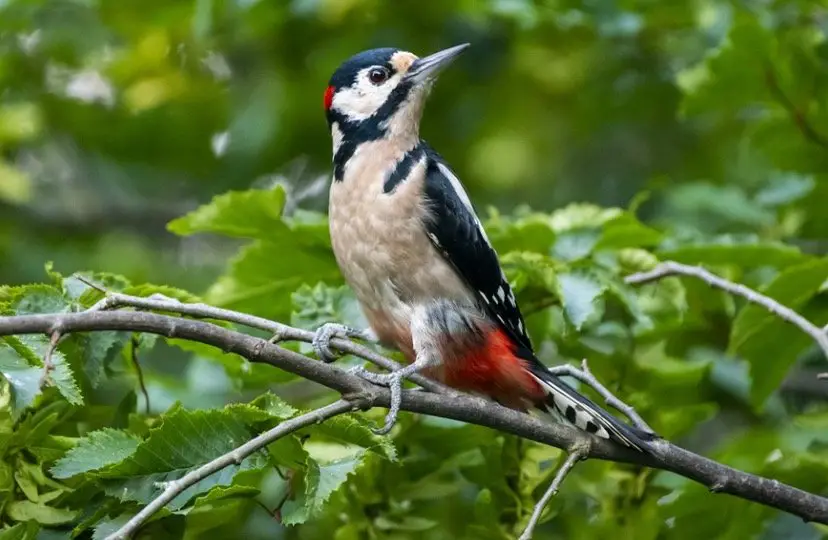
The best time to visit Oak Creek Canyon is during migratory season between April and June when you will find a wide variety of birds flying overhead or roosting on nearby trees. If you don’t feel like hiking down into the canyon, there are plenty of scenic overlooks along Highway 128 that offer great bird watching opportunities.
ix. Powder Mountain Ski Resort
This is one spot where you can bird year-round. In fact, it’s open more days per year than any other resort in North America. Nestled between Provo and Salt Lake City, Powder Mountain is an easy trip from anywhere in Utah, including many mountain ranges such as Mount Timpanogos, Big Cottonwood Canyon and Wasatch Peak.
Because it was designed specifically with birders in mind (more than 350 species have been spotted there), you can see many species that are uncommon or even rare to see elsewhere. You’ll find most of them here during October through April when migratory birds have already arrived but before they’ve begun their migration further south.
x. Vivian Park
Vivian Park is one of Salt Lake City’s most popular spots for birdwatching. It’s particularly well-known as a spot to see migrating waterfowl in spring and fall, as well as year-round avian residents like bluebirds, killdeer, and great horned owls.
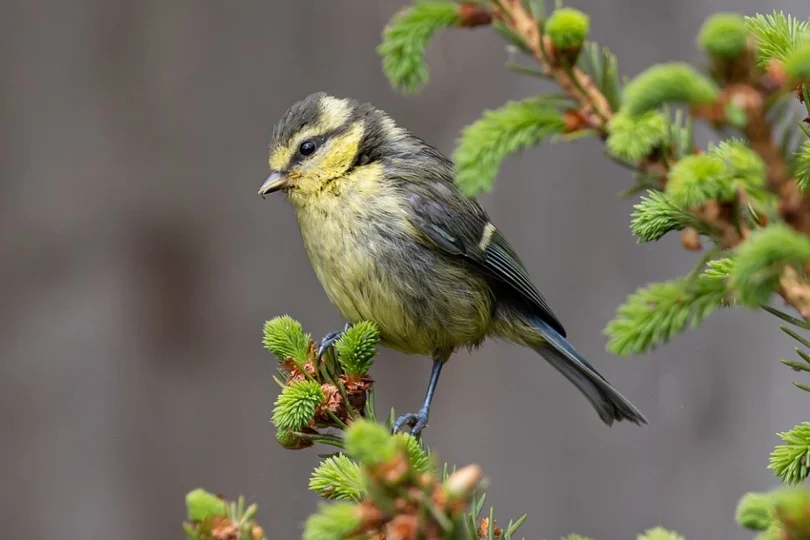
The best time to go is early morning or late afternoon (avoid weekends if possible), and be sure to pack binoculars; birdwatchers love spotting—and identifying—both common and rare birds at Vivian Park. In addition to park trails, there are two ponds where you can spot aquatic creatures from land or water. And if you have kids with you? There’s an off-leash dog park nearby too!
Birding in Utah FAQ
What is birding?
Bird watching, or birding, is an activity that people engage in to observe birds and other wildlife. While birdwatcher is sometimes used as a synonym for birding, most birders tend to be serious about their hobby and would not consider themselves a watcher. The goal of birdwatching is to observe as many species as possible.
It’s called a sport because it’s a lot like hunting—finding animals (which you don’t intend to shoot) and then counting them. Some are seen well from afar, while others must be approached closely. Birders try hard not to disturb birds that they see but finding them requires walking carefully through brush and trees without disturbing nests or egg-laying sites.
What is baby birding?
Baby birding is an enjoyable pastime for beginning birders. It’s a great way to learn about more species, as well as how to identify them at every stage of their lives. It’s also a great opportunity to keep track of local migrations. This helps you become familiar with your area, and can even give you insight into natural phenomena such as changes in weather patterns and climate change.
So grab your binoculars and head out! You never know what type of wildlife you’ll find around these parts. And if you do have some young ones tagging along, just remember to wear those garden gloves — that thistle makes a mess!
I don’t know anything about birding
One easy way to get started birding is to find a local expert and go with them on one of their bird walks. Local experts can help you learn about birds, see different species, and help you understand what you’re seeing.
Just contact your favorite nature center or park ranger to find out who’s doing bird walks near you. If there are no organized walks nearby, contact your favorite outdoor store to find an instructor—there are many classes available throughout Utah designed specifically for beginners interested in learning how to spot birds.
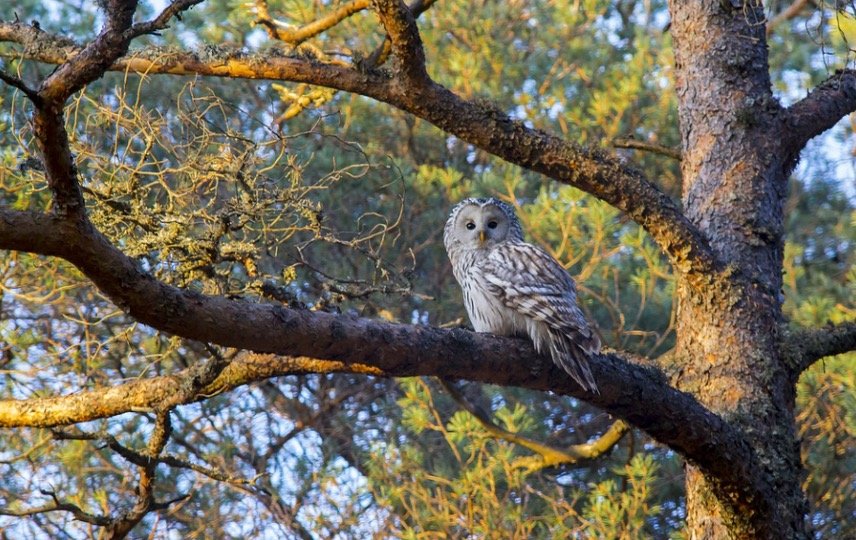
What is the best time for birding?
Each birding season brings something different, with certain times being better for finding specific birds. Before you head out on your next birdwatching trip, take a look at bird watching guides to find out when are some of best times for bird watching in a given area.
Keep in mind that each species is different, so depending on where you’re going and what you’re looking for, you may have to do more research to figure out exactly when is best for spotting that species. In many cases, though, these guidelines will serve as a good starting point.
What is best weather for birding?
There’s no best weather for birdwatching, although it does help to be an early riser. The reason: you want to see as many bird species as possible before all those feathered friends head off for breakfast. If there’s one thing I have learned from years of birdwatching, it is that birds are not creatures of habit; their schedules vary depending on season and location. While some may stay year-round, others are transient and only show up for a short time.
What is the best state for birding?
The Great Salt Lake is prime habitat for a variety of shore birds. It’s also one of Utah’s most famous birdwatching spots. The nearby Bear River Migratory Bird Refuge is one of North America’s largest wintering grounds for sandhill cranes.
Snow geese, tundra swans and a large flock of red-breasted mergansers can also be spotted there during their migration to and from Canada, according to Audubon. If you make it farther north, try looking for pelicans at Sevier Lake in central Utah or head to Gooseberry State Park near Brigham City (about an hour from Salt Lake City) to see some pink flamingos up close.
What to feed if I see birds?
Feed your birds! Whether it’s a morning walk, or your favorite outdoor activity—if you’re watching birds, be sure to have some food with you. And don’t forget water! Birds need plenty of water to stay hydrated and healthy. Some feed options include: seeds, nuts (like walnuts), corn on cob, apples and grapes.
Be mindful not to overfeed – that can cause litter issues for other visitors and put extra stress on local wildlife populations. Instead – plan for feeding your feathered friends at home and bring only as much as you think you’ll need.
